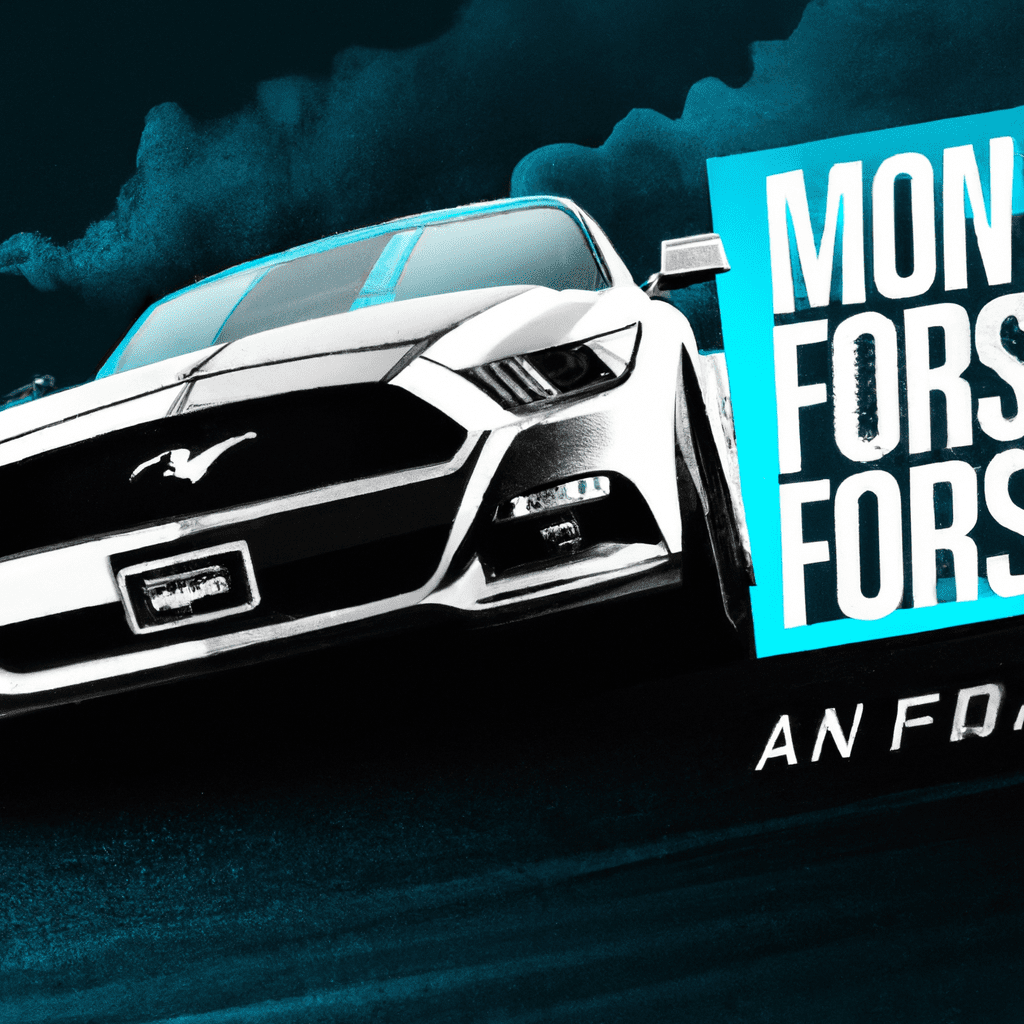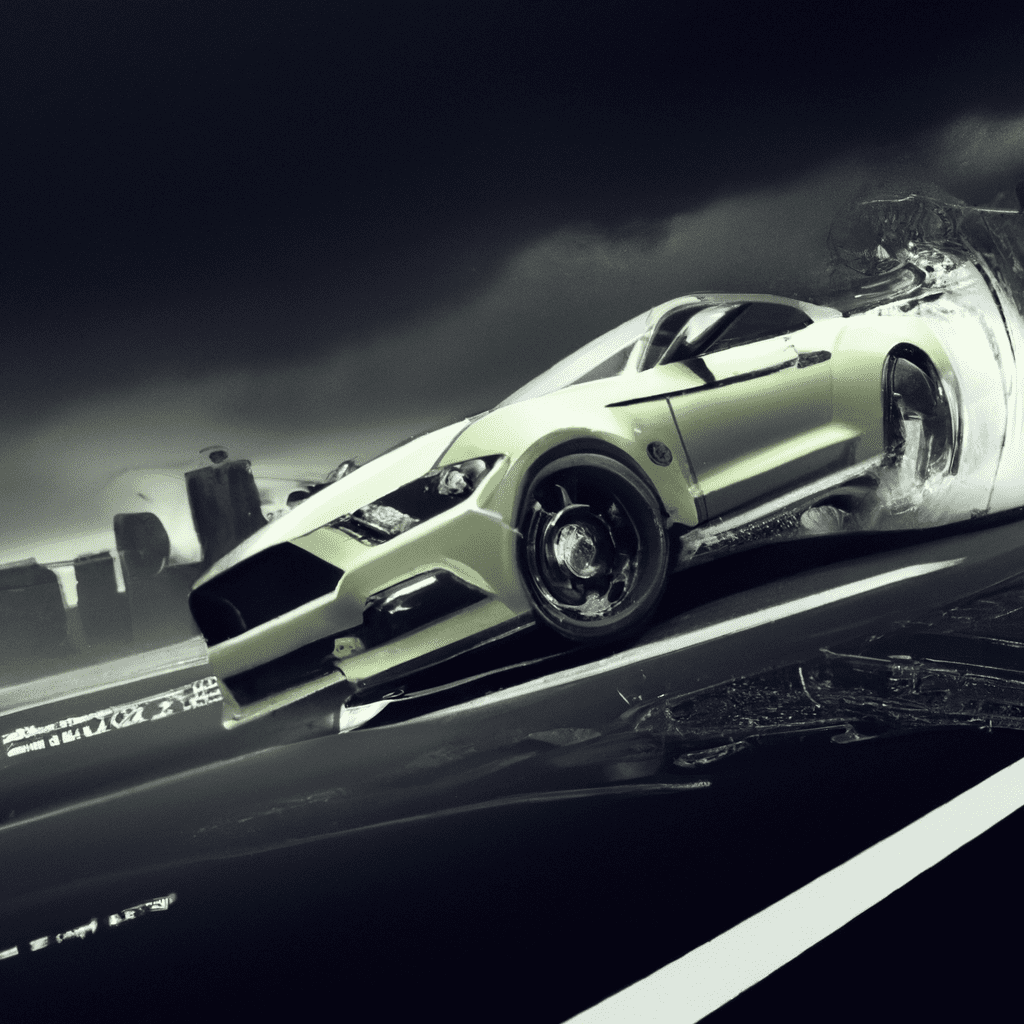Get ready to embrace an exhilarating journey that will take your Ford Mustang drifting skills to new heights. “The Art Of Drifting: Mastering The Ford Mustang Drift Setup” is brimming with insightful tips, detailed guidance, and real-world examples that allow you to exploit the full potential of your Mustang in the realm of drifting. Prepare to ignite your learning experience with the transformative benefits awaiting you in every corner of this enlightening roadmap to drifting mastery. This journey leaps beyond explanation, planting you right in the heart of the drifting action.
Understanding the Art of Drifting
Drifting is more than just a motor sport—it’s an exhilarating dance, a fantastic display of car control, and a thrilling joyride that leaves spectators in awe and drivers with adrenaline-fueled smiles.
Defining Drifting
Drifting involves intentionally maneuvering a car so that it skids and slides sideways through corners. It requires a high degree of vehicle control and precision. But it’s not all about smoke-filled tyre spins—drifting is about car control, understanding vehicle dynamics, and most importantly, having fun.
Track vs. Street Drifting
Track drifting is legal, regulated, and done in a controlled environment with safety procedures in place. Street drifting, on the other hand, is illegal and highly dangerous. Always remember, when it comes to drifting, it should be track or nothing!
Brief History of Drifting
Drifting originated in Japan in the late 1970s and 80s, largely influenced by professional racer Kunimitsu Takahashi. It rapidly gained popularity through underground racers and eventually became a mainstream motorsport with global appeal.
Importance of Vehicle Control
Mastering drifting requires a deep understanding and command of your vehicle. Control is vital—knowing how to delicately balance throttle inputs, steering adjustments, and vehicle weight transfer to maintain a controlled slide is the true art of drifting.
Choosing the Right Vehicle for Drifting—The Ford Mustang
Certain vehicles lend themselves better to the art of drifting, and the Ford Mustang sits comfortably among them.
Reasons for Choosing Ford Mustang
The Ford Mustang is a cult favorite among drifters due to its rear-wheel drive, powerful engine, and suitable wheelbase. With the right modifications, a Mustang is more than capable of holding its own in any drift event.
Different Models of Ford Mustang Suitable for Drifting
models like the Mustang GT, Shelby GT350, and the new Mustang Mach 1 are particularly well-suited to drifting. These models offer a blend of power, agility, and drivability that make them excellent drift machines.
Quick Overview of The Mustang’s Drift Capabilities
With a potent engine and rear-wheel drive, the Mustang can induce controlled power slides with ease. The car’s advanced suspension systems ensure constant contact with the road to maintain control during the drift.

Getting to Know Your Ford Mustang
In order to drift effectively, you need an intimate understanding of your Mustang.
Understanding Mustang’s Engine
Most modern Mustangs come with a V8 engine, capable of delivering substantial horsepower to ensure those mad drifts.
Getting Familiar with Mustang’s Driveline Layout
The Mustang’s rear-wheel drive layout is crucial for initiating and maintaining controlled drifts. Power is sent to the rear wheels, initiating oversteer for those slides around corners.
Differential of Ford Mustang
Most Mustangs come with a limited-slip differential, which ensures power is evenly distributed between the rear wheels. This is vital while drifting, as excessive power to one wheel can lead to spins or loss of control.
Braking System of Mustang
Powerful and responsive brakes are essential for controlling speed during slides and initiating handbrake turns. Your Mustang’s brake system is an invaluable tool in maintaining control.
Essential Modifications for a Ford Mustang Drift Setup
Improving Suspension
An upgraded suspension system is essential for drifting, providing the car with increased stability and control while sliding.
Upgrading Tires and Rims
For improved grip, specially designed drift tyres and lightweight rims are recommended.
Increasing Power Output
engine modifications can significantly increase power output. This can be crucial for maintaining slides on larger corners or when initiating drifts at higher speeds.
Enhancing Brake System
While Mustang brakes are powerful, brake upgrades can provide increased responsiveness and control, especially essential when performing handbrake turns.
Weight Reduction Measures
Reducing weight can have a dramatic effect on your car’s performance, increasing its speed and agility.
Safety Modifications
Safety should always be a priority. Installing a roll cage, fire extinguisher, and racing harness can greatly enhance safety during drifts.

Setting Up the Suspension for Drifting
Understanding the Role of Suspension in Drifting
Suspension plays a crucial role in maintaining grip, handling, and stability during drifts. An optimized suspension setup provides control and stability during slides, and allows for smooth transitions.
Types of Suspensions Suitable for Drifting
coilover suspensions are often the go-to solution for drift cars. Their adjustability and performance capabilities make them ideal for drift setups.
Adjusting Mustang’s Suspension
The suspension settings for drift cars often involve softened front suspensions for increased grip, and stiffer rear setups to induce oversteer.
Testing Suspension Setup
It’s critical to test and fine-tune your suspension setup on a controlled track. It’s all about finding the balance that suits your drifting technique and enhances your car’s performance.
Mastering Drifting Techniques
Drifting encompasses a range of techniques, each with its own subtle nuances.
Handbrake Drifting
A handbrake drift involves the use of the handbrake to initiate a sharp change in the car’s direction, resulting in a drift.
Clutch Kick Drifting
In this technique, the clutch is rapidly engaged and disengaged while accelerating, sending bursts of power to the wheels, causing them to lose traction.
Donut Drifting
Perhaps the most recognizable drift move, the donut involves rotating your car around a central point, leaving a ring of tyre marks behind.
Power Slide Drifting
A power slide is initiated by sudden acceleration while cornering, causing the rear wheels to lose traction and the car to slide.
Feinting
Feinting, also known as the technique of weight transfer, involves deliberately unsettling your vehicle to induce a drift.
Transitioning
Transitioning refers to the process of changing direction mid-drift, a necessary technique during chained drifts.
Safety Tips for Drifting
Safety should always be a priority when drifting.
Securing the Right Safety Gear
Helmets, race suits, gloves, and proper shoes form the basic safety gear necessary for drifting. Also, make sure that the safety gear meets the requirements of the event or track.
Upkeeping Vehicle Maintenance
Regularly maintain your vehicle to ensure it is in the best possible shape. This includes tyre, brake, and engine checks, among others.
Knowing When to Stop or Abort the Drift
Knowing when to stop or abort a drift is crucial in preventing accidents. If a drift is not going as planned, it might be safer to abort and try again later.
Importance of a Spotter during Drift Events
Having a spotter can greatly improve safety during events. They can warn you about potential hazards that you might not be able to see from your car.
Learning Through Practice: Gaining Experience on Drifting Tracks
Choosing the Right Track for Practice
Different tracks pose different challenges. Start with less complicated layouts and gradually move onto more complex tracks.
Understanding Track Dynamics
Understanding the layout, corners, slopes, and other aspects of a track is crucial to performing successful drifts.
Benefits of Joining Drift Events or Clubs
By joining drift events or clubs, you gain valuable experience, learn from others, and also make friends with the same passion.
Troubleshooting Common Drift Problems
Addressing Stability Issues
If your car is unstable during drifts, it may be due to suspension issues or improper tyre pressure.
Correcting Oversteer and Understeer
Oversteer and understeer can result from a myriad of suspension, tyre, or differential issues. Proper diagnosis and timely corrections are crucial.
Resolving Mechanical Failures
Regular maintenance and prompt attention to mechanical issues can go a long way in preventing failures during drifts.
Dealing with Tyre Issues
Tyre pressures, tread, and temperature can greatly affect your drift. Keeping an eye on these parameters and knowing how to adjust them can greatly improve your drift performance.
Advancing Your Drifting Skills
Learning from Professional Drifters
Watching and learning from the pros can provide valuable insights into the art of drifting.
Getting Coaching or Joining a Drift School
Professional coaching or attending a drift school can significantly escalate your drifting skills.
Participatory Observation in Drift Competitions
By attending drift competitions, you get to learn by observation, understand different driving styles, strategies, car setups, and much more.
Continuous Practice and Feedback
There’s no substitute for practice in drifting. Regular practice combined with feedback from experienced peers will drive your skills to newer heights.
Remember, drifting is as much about the journey as it is about the adrenaline rush of the drift itself. With patience, practice, and the right setup, your Mustang will soon be sliding gracefully around corners, leaving behind an elegant trail of tyre smoke.


